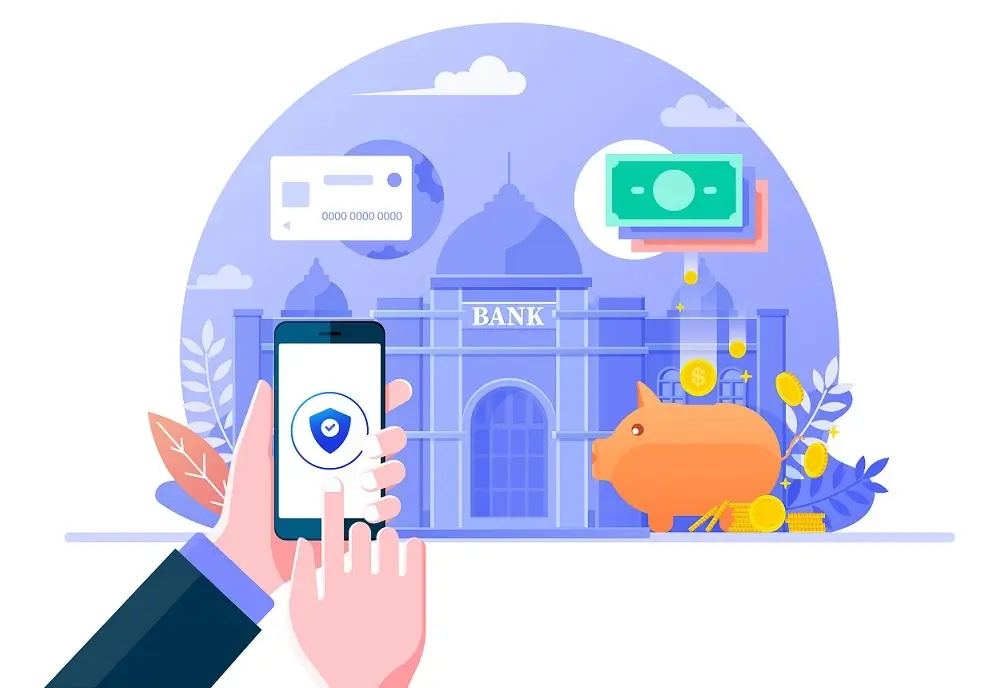Building A Fintech Solution

FinTech stands for Finance Technology, and a Fintech company is a company that uses technology to solve customers’ financial needs. A career in a Fintech company can be very lucrative, and knowing the basics about building an app for a Fintech solution can open doors to many good opportunities.
This article will discuss the subcategories of startups in the Fintech space, with a few Japanese examples. In addition, you will learn everything it takes to launch a Fintech app, including must-have features and the best technologies.
Introduction — Why Fintech
Statistically, Fintech companies have been growing at a rapid rate. The Global Fintech Market Size, Status, and Forecast 2018-2025 report estimates that the “global Fintech market will hit $124.3 billion by 2025 at a Compound Annual Growth Rate (CAGR) of 23.84%.”
The statistics and predictions prove that there are substantial investment opportunities for Fintech Solutions. Individuals around the globe use Fintech solutions more often than not, hence why more companies are being founded in this space.
Fintech Startups in Japan
Even though more Fintech companies are being launched, these startups often offer different offerings than the others. For example, below are a few Fintech companies in Japan and what they do:
1. PayPay
PayPay is a Fintech company that has achieved more than 43 million users within around three years since its launch in 2018. In addition, the startup successfully created and expanded the smartphone payment service in Japan.
2. Money Tree
Money Tree is a financial data aggregation platform that delivers a personal finance application and a cloud-based accounting service.
3. bitFlyer
BitFlyer is a Bitcoin exchange platform and a marketplace that enables its customers to buy, sell, and spend bitcoin.
4. Alpaca Japan
Alpaca is a technology company developing financial system platforms powered by the collaboration of AI and people.
5. Huobi
Huobi Japan designs a digital asset trading platform that empowers financial services.
6. justInCase
justInCase is a one-of-a-kind full-stack InsurTech company in Japan, offering P2P insurance AI-based health services and low-budget insurance online.
7. Paidy
The startup Paidy is a platform that allows consumers to shop online without using a credit card or even pre-registration.
Building a Fintech Solution
Fintechs are not created like every other kind of startup. Instead, they provide similar services to traditional financial service providers and, thus, consider the necessary regulatory services and policies.
1. Regulatory Services and Policies
The fundamental operation of the Fintech and banking industries depend on several highly regulated laws governing the industry, such as the anti-money laundering (AML) policies, Payment Card Industry Data Security Standard (PCI DSS), Know Your Customer (KYC), and The General Data Protection Regulation (GDPR).
Consequently, a thorough knowledge of these laws and policies is imperative. There are more and varying laws to consider for a Fintech solution with a global audience. These laws vary with your intended Fintech subcategory.
2. Fintech Subcategory
Under the Fintech umbrella, there are a plethora of different subcategories to decide from when considering starting a Fintech solution. The decision-making process will involve a lot of considerations, such as the audience, their geographical location, the available market for the product or service in terms of demand and time frame, etc.
Possible subcategories to delve into include:
- Insurance platforms
- Online payment platforms
- Cryptocurrency exchange and investment platforms
- Electronic banking platforms
- Investment platforms
- Credit loan systems, etc.
By being creative, the niche can be miscegenated or interfacing with one subcategory with the other.
3. Competitive Strategies
Most likely, there will be a lot of competition for the subcategories in Fintech. However, having a solid strategy that would serve as a competitive advantage against predatory competitors matters.
A competitive strategy may be franchising, collaboration, or upscaling.
4. Team Building
The team needs to have a combination of the relevant finance domain, people with knowledge of geographical regulations, and technology expertise. The startup’s finance and Technology sectors require a team of well-experienced and tech-savvy people. Adequately skilled and experienced technical developers usually have a working knowledge of the financial aspects of Fintech.
5. Finding Funding
There are different sources of funding for a Fintech startup. These may include angel investors, venture capital, crowdsourcing, bank loans, government grants, etc. To be eligible, you need to have a minimum viable product (MVP) that serves as a proof of concept. The funds from MVP should be enough to build software or apps for your target market.
The majority of the Fintech giants today started through either of these ways.
Building A Modern Fintech Software
After concluding the type of services, you want to render to your customers, the next step is to design and build the software.
An ideal first step is to seek the expertise of a consultant. Next, enlisting the service of a professional product designer is essential. These two kinds of experts would work with software developers with the necessary competencies.
Design Features
Several features must be included during the design process as befitting modern software. These features are important because the chances are that your intended customers will be used to them. They include:
- Biometric login systems — they are both fast, memory-friendly, and secure.
- Multi-Factor authentication mechanism.
- Cryptocurrency friendliness.
- Data Analytics and Visualization
- QR Code Scanning.
Backend Language
Deciding which programming language(s) to write the software in is essential. The choice of language affects to a great extent:
- The level of security available to the software
- The possibilities of scaling the software
- The kind of features that can possibly be added
- The developer(s) to include in the team
Main Technologies for Building Fintech Apps
Some of the main technologies and programming languages for the Fintech industry are Python, Java, Scala, JavaScript, Golang, Oracle RDBMS, SQL, ReactJS, VBA, R, Matlab, C++, and iOS & Android development.
Python is one of the most popular languages adopted in building Fintech. It is dynamic and easy to use, with an extensive open-source library. This makes it perfect for fast development and production deployment. It’s also highly scalable, making it a flexible language overall. Java is another popular language used by legacy FinTech. Its main advantage is excellent security and cross-platform interoperability.
Google’s Go programming language provides a healthy mix of scalability, big data management, memory efficiency, concurrency, etc. Moreover, it is a relatively new language with promising features and already wide adoption. Finally, to crown it up, Go is blockchain-friendly.
When it comes to databases, some of the more commonly used in the financial industry are Oracle and DB2. Both are noted for their high performance, backup features, fault tolerance, and tight security. However, other databases — especially cloud-native ones — are also excellent choices.
Discussing language choices with your team is a good step.
Building a Development Team
An ideal team will include the following experts:
- Finance experts who have worked for a Fintech company before
- Data analysts
- Software engineers with experience in building Fintech apps
- At least one Cybersecurity engineer
- Technical Writers
- An optional internal team of developers
Depending on your budget, you can hire as many or as few experts as you want. More important is allowing them to pitch their brilliant ideas for the project.
API Services
Aside from catering to customer needs, an essential aspect of your new startup will be providing Application Programming Interface (API) services.
To recap, an API is a piece of software that makes it possible for applications to communicate with each other. For example, fetching data/resources from the backend to display in the frontend uses one or more API(s).
In virtually all Fintech apps, core functions make use of APIs to connect with third-party servers and resources. An instance includes using the customer’s local bank API to make it possible for them to fund the wallet in your software.
Conclusion — A Brand New Fintech App
You should preserve and cultivate the zeal that brought you here and continuously innovate to ensure the project solves people’s problems daily.
Fintechs are exciting and lucrative startups and one of the most successful ones. Therefore, a basic knowledge of building a Fintech app can open doors for big career opportunities.


MacBobby Chibuzor is a Robotics Hardware Engineer and a Tech Polyglot. He also has practical experience in Software Engineering and Machine Learning, with an interest in embedded systems and Blockchain technology. In addition, Mac loves to spend his free time in technical writing.

